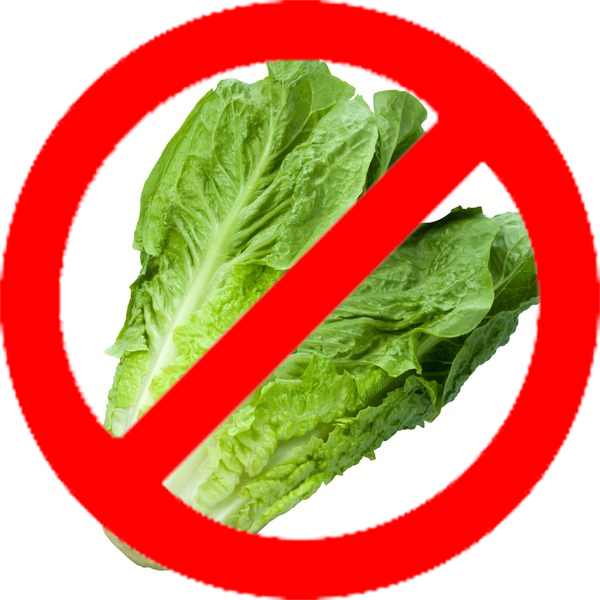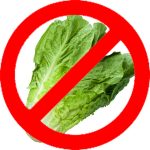On-site rapid tests for allergens are an important part of any manufacturing facility’s allergen control plan. Several companies offer allergen test kits for day-to-day use, and it can be hard to tell the differences between them or determine which is the best fit for a given facility. What’s a busy QA professional to do?
One of the most overlooked factors when choosing an allergen test kit actually has almost nothing to do with the test kit itself. Instead, it’s much closer to home: The matrices being tested are just as—if not more—important to consider than the test kit itself.
Before you commit to any allergen test kit, you should talk to someone extensively about the types of products you plan to test. There are a variety of surprising and counterintuitive ways that your matrices can impact the functionality of a test, and you’ll save time and money by understanding information BEFORE you start testing. Below, we’ll review some of the most common matrix challenges.
High Fat Matrices
 Let’s imagine a facility that makes ice cream and sorbet. Let’s assume they make a gourmet strawberry ice cream and a fat-free strawberry sorbet, both of which ought to be peanut-free—but since some of the ingredients come from a supplier who also works with peanuts, the QA team decides to run a rapid peanut test on the strawberry products.
Let’s imagine a facility that makes ice cream and sorbet. Let’s assume they make a gourmet strawberry ice cream and a fat-free strawberry sorbet, both of which ought to be peanut-free—but since some of the ingredients come from a supplier who also works with peanuts, the QA team decides to run a rapid peanut test on the strawberry products.
Much to the team’s surprise, the sorbet tests positive for peanut but the ice cream does not. What could be happening? Of course, the simplest explanation is possible: The sorbet has peanut residue in it and the ice cream does not. However, there’s another, trickier possibility: They could have the same amount of peanut residue, but the full-fat ice cream could inhibit the test kit’s ability to detect the allergen.
In general, the higher the fat content of your matrices, the higher the detection limit on your test kit. It’s an imprecise spectrum: Using rapid tests to find traces of allergenic protein on an oil is nearly impossible, on fat-rich items like ice cream or cream-based soups it’s a challenge, on items with little or no fat it shouldn’t be an issue. That isn’t to say there couldn’t be other issues with low-fat items, as we’ll review below.
Matrices Processed with High Heat
 Let’s say our ice cream facility starts making a peanut-butter-swirl flavor. Perhaps they will begin testing their rinsewater for peanut residue after running that flavor, to ensure satisfactory cleaning. The kit they use says it can detect peanut allergen to 5 ppm, and rinsewater is not a high-fat matrix, so they should be good, right?
Let’s say our ice cream facility starts making a peanut-butter-swirl flavor. Perhaps they will begin testing their rinsewater for peanut residue after running that flavor, to ensure satisfactory cleaning. The kit they use says it can detect peanut allergen to 5 ppm, and rinsewater is not a high-fat matrix, so they should be good, right?
In this exact example, it’s probably just fine. However, it’s important for the QA team to consider the temperature at which peanuts were roasted. While raw peanut might be detectable at 5 ppm, roasted peanuts could have a detection limit that is much higher. In fact, very strongly roasted peanuts could only be detectable at levels of 500 ppm or more. This doesn’t mean there is no reason to test—but it’s important to know that many antibody-based tests will respond differently to an allergen processed with high heat than one that is raw. The same detection challenge can sometimes be seen with canned or tinned items that are subjected to high heat in processing.
Fermented or Hydrolyzed Matrices
Two of the trickiest items when it comes to allergen detection are soy sauce and fish sauce. In both of these condiments—and many other common ingredients subjected to these types of processing—the allergenic material is subjected to heavy modification. As proteins get folded and broken in unpredictable ways, they become more challenging for antibody-based test kits to detect. In fact, soy sauce and fish sauce are nearly undetectable by most kits.
When validating a cleaning process after using one of these ingredients, often the safest thing to do is to test for a different allergen—formulated in a simpler way—that is also present. Sufficient cleaning after a product made with fish sauce and breadcrumbs, for example, could be proven with a gluten kit; that second allergen will be unaffected by the fermented allergens in the recipe.
Matrices without Multiple Proteins
Some kits look for a variety of proteins commonly found within one allergen. Other times, though, each test kit will be looking for one specific protein. It’s important to confirm that the allergenic protein your facility works with is in fact an allergenic protein that your test kit is trained to recognize.
Perhaps the most common FALCPA allergen where this plays a role is milk. While there are a number of proteins in milk, casein is the most common and accounts for approximately 80% of the protein in milk, making it a common target for allergen test kits (both rapid and ELISA). The remaining 20% of protein is comprised of various whey proteins, most commonly beta-lactoglobulin.
In the case of our ice cream and sorbet facility mentioned above, a kit that detects casein OR beta-lactoglobulin OR both proteins together could be suitable for confirming that the sorbet is truly milk-free. However, there are other types of product that contain only whey proteins, which are a popular way to increase protein content in a variety of foods and beverages. If a facility that works exclusively with whey proteins uses a kit that only detects casein, they will never have a true understanding of their allergen contamination risk.
Another challenging FALCPA allergen is fish, as there are many different species of fish with quite divergent protein structures. If you are testing for fish contamination, it’s important to understand which species of fish the test you are considering can detect, and which species may pose a problem. If there is a mismatch between kit and matrix, then you’ll need to find a different way to ensure safety.
How to Troubleshoot Your Matrices
If you are beginning an allergen testing program, find time to talk with the manufacturers of any allergen kits you are considering. You may also want to talk with the representatives of any labs that are doing third party testing for you. Some questions to ask include:
- What matrices have you validated your tests for?
- Do you anticipate any issues with my matrices?
- How should I validate your tests for my products?
- What factors impact the sensitivity of this kit?
- Does the detection limit change based on the matrix?
Your kit manufacturer (or third-party testing lab) should make you feel confident that they understand the quirks of your specific matrices—and they should have ideas for how to troubleshoot any challenges that they foresee. If a supplier tells you that their kit will work equally well across all matrices and declines to offer proof that corresponds to your needs, beware (or at least be prepared to conduct rigorous validation on your own). Allergen detection is complicated, and as with so much of life: If it sounds too good to be true, it probably is.






















